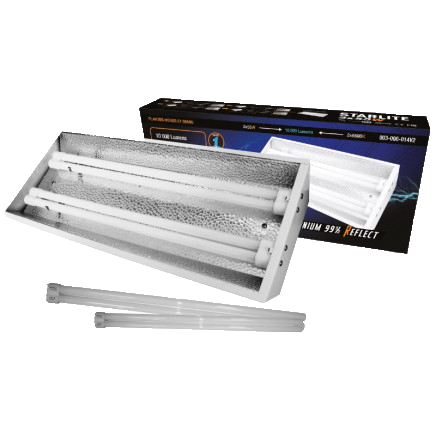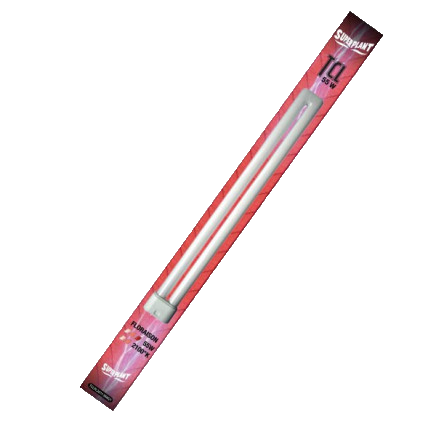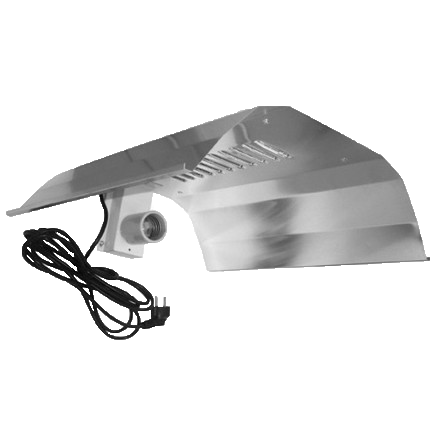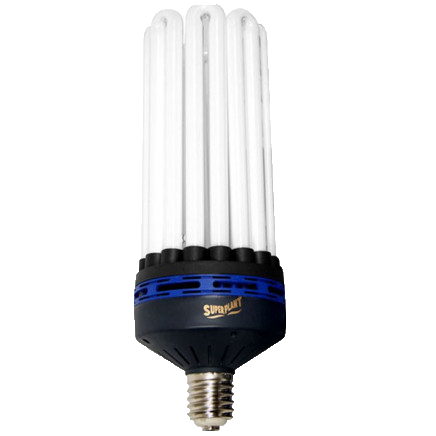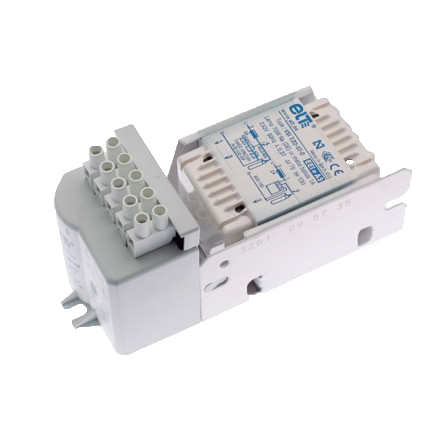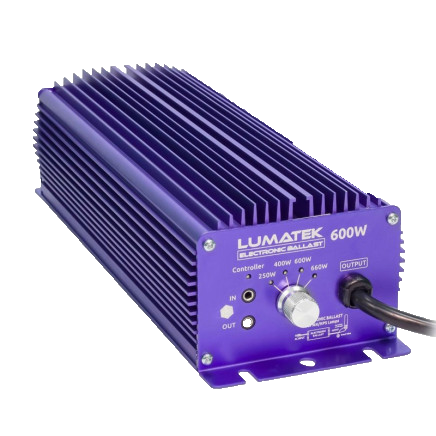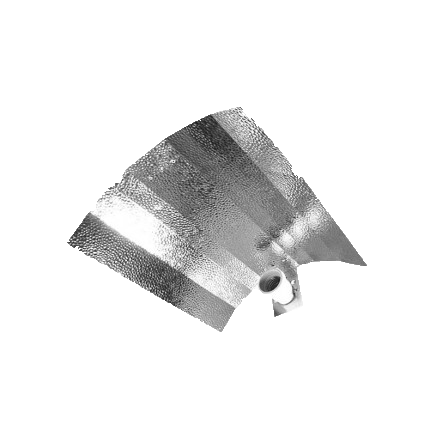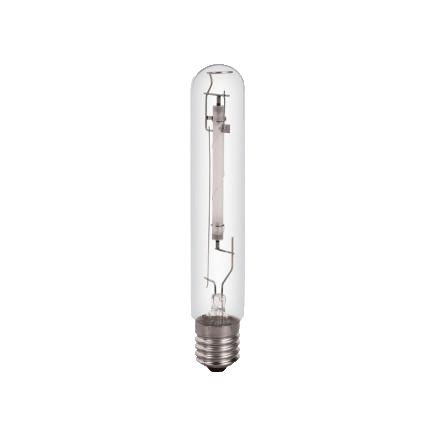Everything you need to know about grow lights
One big advantage of growing by sunlight, is that sunlight is free. Lamps on the other hand, require investment, and often also have higher monthly costs because of energy bills. In this article we want to share different types of lamps in one overview so you can make a better decision on which ones to use for your grow.
Neon ramps
Advantages: Inexpensive to buy (about 80€ for a ramp with two 55W neon tubes for growth and it takes less than 10€ to change a neon tube for flowering). It is great if you are focussing on energy savings and being sustainable with your energy.
Disadvantages: Ideal only for seedlings, cuttings or maintaining mother plants. You can grow flowering plants very well under this kind of lighting, but the harvest will be less.
CFL Lightings
MH and HPS bulbs
Advantages: MH bulbs are ideal for growth, HPS bulbs for flowering. Substantial yield. Some growers use HPS bulbs from seed to harvest. It really depends on the type of plant you are growing. Always do proper research into the needs of your type of plant.
Disadvantages: The price of these lamps are more on the higher end and you will have to invest in a magnetic or electronic ballast which can be quite expensive depending on the range, as well as in a reflector and the necessary wiring. HPS bulbs give off a lot of heat, so make sure you have a well-ventilated room.
CMH bulbs
Advantages: Metal halide CMH grow lights are made with an arc tube made of a ceramic composite instead of quartz or PCA. Ceramic composites allows the tube to reach a higher temperature, while HID lamps made with quartz or PCA requires using a combination of gases that do not necessarily produce the optimal light spectrum for photosynthesis. The higher operating temperature of the ceramic tube allows for an ideal mixture of gases. This creates a fuller spectrum of light which increases the growth, overall health and yield of your plants.
Disadvantages: Depending on the quality of the system and where you buy it, the full CMH configuration ranges from 200€ to over 1000€. Most settings work with a 315W lamp, but there are a few lightings that allow two lamps for a total of 630W. The lamps themselves cost between 80 and 100€. The lamps are available in two versions: the 3100 K (full spectrum) and the 4200 K (blue spectrum). The manufacturers claim that you will only have to replace your lamps every two years.
LED panels and bulbs
Advantages: LED panels and bulbs are a good way to optimise your light spectrum, which means that an LED lamp only emits light frequencies useful to the plant. It is great if you want to remove unnecessary light frequencies. On the other hand, this 100% optimised light spectrum can, depending on the lamp model (dimmable), promote different phases of plant growth: germination, growth or flowering. It is thus possible, by achieving the right frequencies, to guarantee an ideal growth for your crops. It should also be noted that an LED lamp, unlike other types of lighting, diffuses most of its energy in the form of light, and not heat, which has several advantages. Most importantly, you ensure that you do not unnecessarily produce heat above 28 degrees Celsius, that is unnecessary for the plant. You will be able to bring the lamps closer to your plants without risk of heating and allow them to better capture the light. This will save you, in the second place, from having to evacuate the heat of your culture space, an operation which can be very expensive.
Disadvantages: You must know the LED you are looking for to have the expected results on your productions. Only high-end models are reliable, but they are not suitable for small budgets. The models whose price is more accessible sometimes emit a light of reduced quantity. As a summary, it is very important to do your research before investing in lamps. You can visit a grow-shop near you to get advice tailored to your needs.
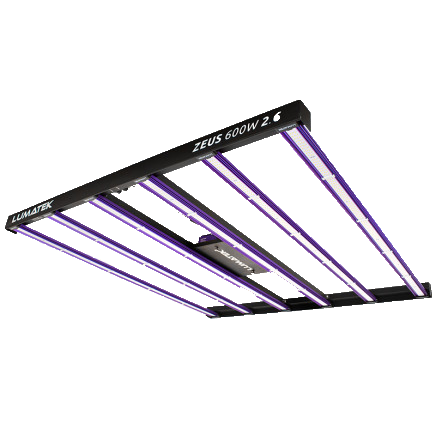
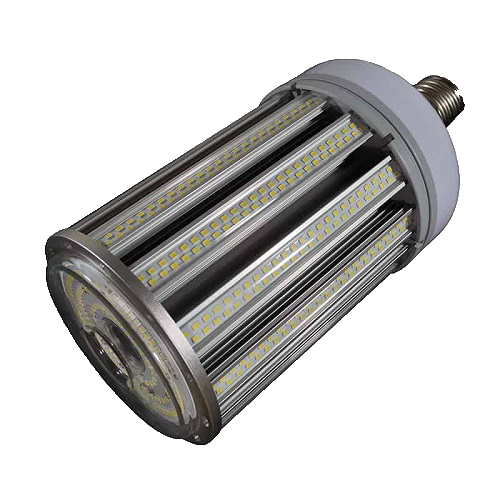
Without doubt, your plants will flourish extra with adding their essential N-P-K concentration, vitamins and amino-acids that you find in our range of fertilisers and boosters, designed for each type of medium and phase of your plant. Check out our products in our products page.
All photos are copyright from: https://www.powerled-horticole.com/en/
- Cultivation Tips : Inspiration , Plant Care , Cultivation Tips
 Deutsch
Deutsch  Français
Français  Español
Español 
.png?ts=1660491869)
